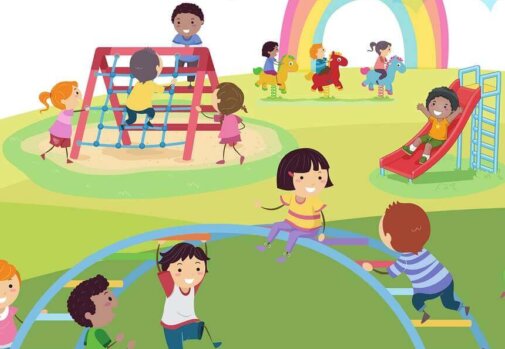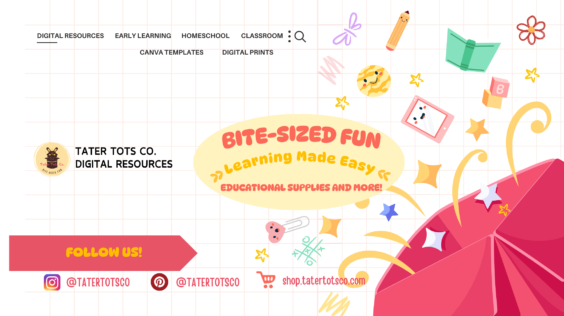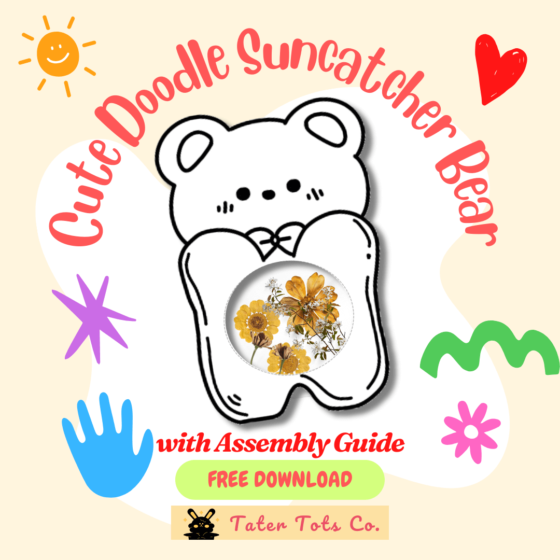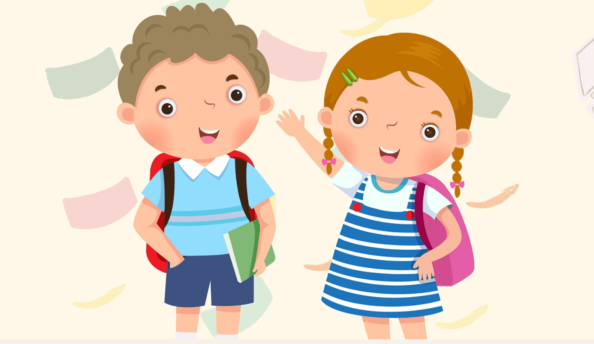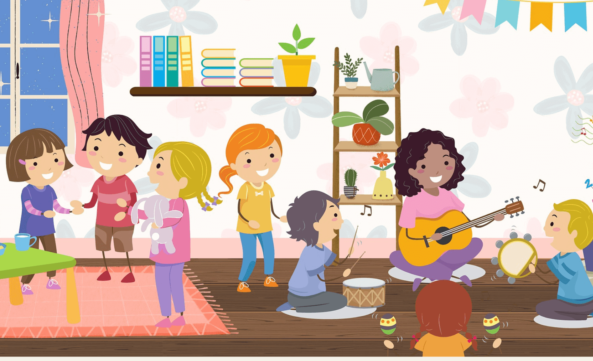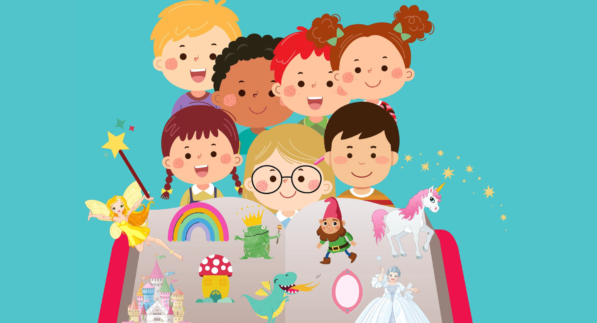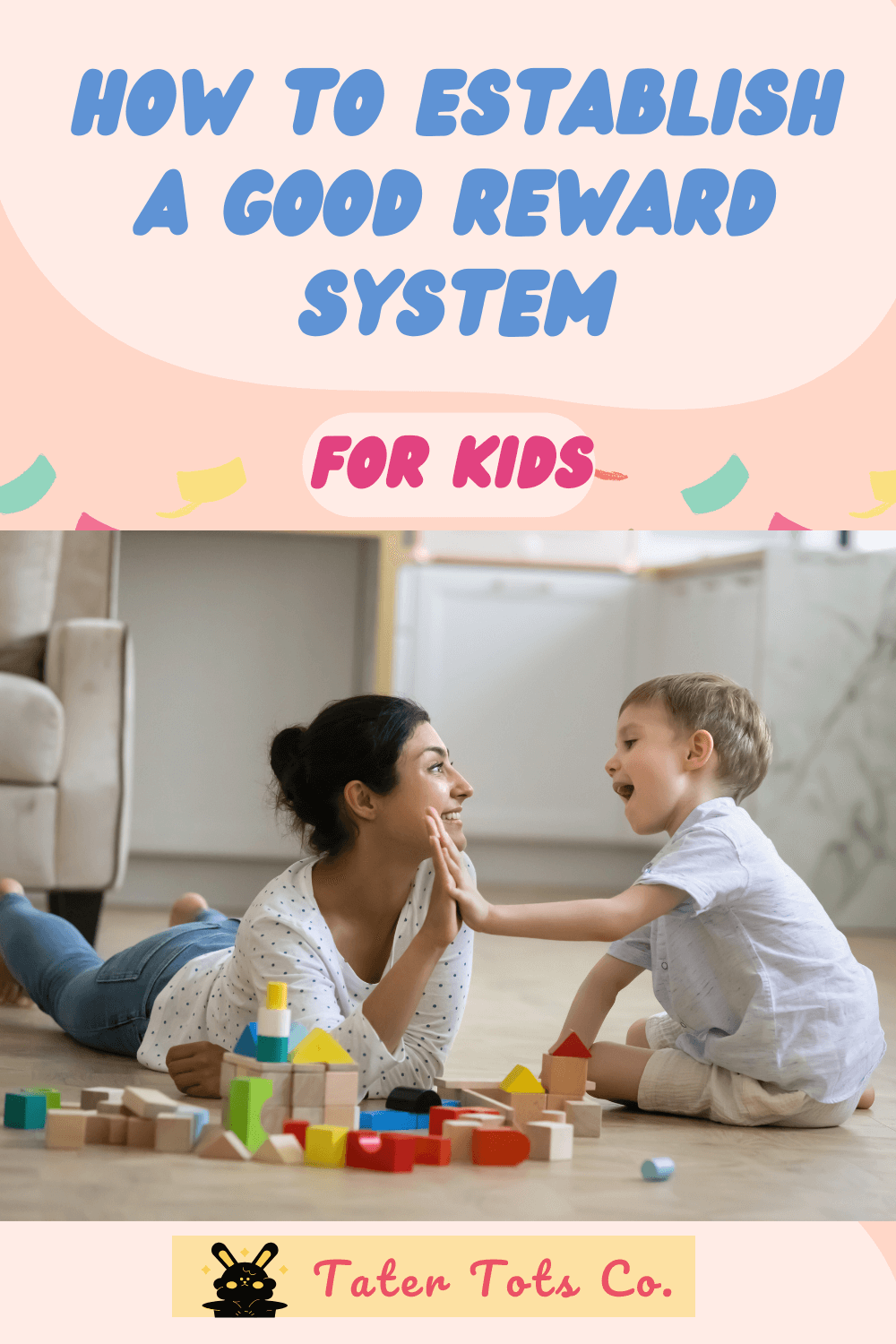
How to establish a good reward system for kids
Introduction
As a parent or caretaker, you want to encourage positive behavior in the children you are responsible for. It’s important to establish a reward system for kids that will help motivate and reinforce good behavior. The key to a successful reward system is knowing what motivates your child and finding a system that works for your family. Rewards can be as simple as stickers for a job well done or as rewarding as a special outing or toy. By establishing a reward system, you are teaching your child to take responsibility for their actions and helping them build self-esteem and confidence.
In this article, we will guide you through the process of creating an effective reward system for young children, including tips on what rewards to choose and how to track progress. With these tips, you will be able to encourage positive behavior in your child and promote a happy and healthy family dynamic.
Related Posts:
Reward Good Behavior During Easter (Free Reward Chart)
How to use habit tracker with kids? (Free Editable Habit Tracker)
Importance of positive reinforcement in child development
Positive reinforcement plays a crucial role in shaping a child’s behavior and development. By rewarding positive behaviors, we can encourage children to continue exhibiting these desirable actions. This not only helps in building good habits but also boosts a child’s self-esteem and confidence.
Positive reinforcement focuses on acknowledging and praising behaviors that align with expectations, rather than solely focusing on correcting negative behaviors. Children thrive on positive feedback and affirmation, which helps them feel valued and motivated to engage in positive actions.
Establishing a reward system based on positive reinforcement can create a nurturing and encouraging environment that supports a child’s overall growth and development.
Understanding the basics of a reward system
Understanding the basics of a reward system is crucial when establishing one for young children. In its simplest form, a reward system involves giving a positive consequence in response to a desired behavior. Rewards can be in the form of verbal praise, stickers, small toys, or privileges such as extra playtime or choosing a fun activity.
When implementing a reward system, it’s essential to clearly define the desired behaviors that will be rewarded. These behaviors should be specific, achievable, and age-appropriate. For example, instead of rewarding a vague behavior like “being good,” you could specify behaviors such as cleaning up toys after playtime or completing homework without reminders.
Consistency is key when using a reward system. Rewards should be given promptly after the desired behavior is displayed to reinforce the connection between the behavior and the reward. It’s also important to set realistic expectations and not over-reward or under-reward. Finding the right balance will help maintain the effectiveness of the reward system over time.
Additionally, it’s important to involve children in the process of setting up the reward system. By allowing them to participate in choosing the rewards and establishing goals, children will feel a sense of ownership and motivation to earn the rewards.
By understanding these basics of a reward system and applying them thoughtfully, parents and caregivers can create a positive and effective system that encourages and reinforces positive behavior in young children.
Setting clear expectations and goals
Setting clear expectations and goals is a fundamental step in establishing a reward system for young children. Clearly outlining what is expected of them and the goals they are working towards helps children understand the purpose of the reward system and motivates them to achieve the desired behaviors.
When setting expectations, it is important to be specific and age-appropriate. Communicate the behaviors that you expect from your child and the goals they should strive to reach. For example, if you want your child to complete their homework without reminders, clearly state this expectation and the goal of completing homework independently.
Setting achievable goals is also crucial in motivating children to participate in the reward system. Break down larger tasks into smaller, manageable goals that are within your child’s capabilities. This helps children see progress and feel a sense of accomplishment as they work towards the ultimate goal.
Choosing appropriate rewards for young children
When establishing a reward system for young children, it is crucial to select appropriate rewards that are both motivating and beneficial. Rewards play a significant role in shaping behavior and encouraging positive actions in children. It is important to choose rewards that are age-appropriate, meaningful, and aligned with the desired behavior you wish to reinforce.
Consider rewards that are appealing to children and serve as incentives for good behavior. Simple yet effective rewards such as stickers, small toys, extra playtime, or special privileges can be highly motivating for young children. These rewards should be something that the child values and finds exciting.
Moreover, it is essential to ensure that the rewards are consistent and fair. Establish clear guidelines on how children can earn rewards, and make sure that the reward system is transparent and easy to understand. Consistency is key in reinforcing positive behavior, so be sure to follow through with rewarding children when they exhibit the desired actions.
Additionally, consider incorporating non-material rewards such as praise, encouragement, and quality time spent together. Positive reinforcement through verbal acknowledgment and affection can be powerful motivators for children and can help strengthen the parent-child bond.
There’s no need to spend excessively to reward young kids as simple rewards and praises are good enough. An example could be receiving hugs and kisses or going to the playground which your child may want to do.
Older kids are more receptive to tangible rewards. You can use tokens, reward tickets, play money, or checklists with them and they can handle more complex reward systems.
Establishing a reward chart or system
Creating a reward chart or system can be a powerful tool in encouraging positive behavior in young children. The visual aspect of a chart can make progress tangible and rewarding for children, providing them with a clear visual representation of their achievements.
To establish a reward chart, you can start by determining the behaviors or tasks you want to encourage in your child. This could include actions such as completing homework, cleaning up toys, or showing kindness to others. Make sure the goals are clear, specific, and achievable for your child’s age and abilities.
Next, design a chart that is visually appealing and easy for your child to understand. You can use stickers, stars, or other symbols to mark each time your child successfully demonstrates the desired behavior or shop our printable reward charts. Consider involving your child in the creation of the chart to increase their engagement and ownership of the process.
Set up a system of rewards that will motivate your child to continue working towards their goals. This could include small treats, extra screen time, or special privileges. Be consistent in rewarding your child for their efforts to reinforce positive behavior.
Remember that the goal of a reward chart is to encourage positive behavior and reinforce good habits, so be sure to praise and celebrate your child’s successes along the way. With consistency and patience, a reward chart can be a valuable tool in promoting positive behavior in young children.
Implementing consistency and fairness in the reward system
Consistency and fairness are key components when implementing a reward system for young children. Children thrive on routine and predictability, so it is important to establish clear guidelines and expectations from the start. Consistency ensures that children understand what is expected of them and what they need to do to earn rewards.
Fairness is equally important in a reward system as it promotes a sense of equality and justice among children. It is crucial to treat all children equally and ensure that the rules of the reward system apply to everyone fairly and consistently. This helps to avoid any feelings of resentment or unfair treatment among children.
Setting clear guidelines, being consistent in enforcing rules, and ensuring fairness in the reward system will not only encourage positive behavior but also foster a sense of trust and respect among children. By creating a structured and fair system, children will feel motivated to participate and work towards earning rewards, leading to a more positive and harmonious environment for both children and adults alike.
Encouraging positive behavior through praise and recognition
Encouraging positive behavior through praise and recognition is a powerful tool in shaping young children’s behavior. Positive reinforcement is key to reinforcing desired behaviors and motivating children to continue making good choices. When children receive praise and recognition for their positive actions, they develop a sense of pride and self-worth, which in turn encourages them to repeat those behaviors.
Praise can come in many forms, such as verbal affirmations, high-fives, hugs, or even small rewards like stickers or a special treat. It’s important to be specific in your praise, highlighting exactly what behavior you are praising to reinforce the connection between the action and the positive feedback.
In addition to verbal praise, recognition can also be given through visible means, such as a chart or a sticker board where children can see their progress and accomplishments. This visual representation can serve as a motivator and a reminder of their success, encouraging them to continue exhibiting positive behavior.
By consistently praising and recognizing children for their good behavior, you are not only reinforcing those behaviors but also building their self-esteem and confidence. Positive reinforcement creates a nurturing and supportive environment that empowers children to make good choices and develop into responsible, well-rounded individuals.
Dealing with challenges and setbacks in the reward system
When establishing a reward system for young children, it is crucial to anticipate and address challenges and setbacks that may arise. One common challenge is when a child does not respond positively to the chosen rewards or loses interest over time. In such situations, it is important to reassess the rewards being offered and consider changing them to align with the child’s current interests and motivations.
Another challenge that may arise is when a child fails to meet the set expectations despite consistent efforts. It is essential to handle setbacks with patience and understanding, refraining from punishing or shaming the child. Instead, use setbacks as learning opportunities to discuss what went wrong and how they can improve in the future.
Consistency is key when dealing with challenges in the reward system. Ensure that rules and expectations are clear and consistently enforced to avoid confusion and frustration. Additionally, be flexible and willing to make adjustments to the reward system as needed to accommodate the child’s growth and changing preferences.
By approaching challenges and setbacks positively and proactively, parents and caregivers can effectively navigate obstacles in the reward system and create a supportive environment for encouraging positive behavior in young children.
Modifying the reward system as children grow and develop
As children grow and develop, it is essential to modify the reward system to align with their changing needs and behaviors. What may have motivated a young child may not necessarily be effective for an older child. It is crucial to adapt the reward system to ensure continued positive behavior reinforcement.
For younger children, simple rewards such as stickers, small toys, or extra playtime may be highly effective. However, as children mature, they may require more meaningful incentives to stay motivated. Consider incorporating rewards that align with their interests and hobbies. For example, offering screen time privileges, outings to their favorite places, or opportunities to engage in activities they enjoy can be powerful motivators for older children.
Moreover, as children grow, it is important to shift the focus of the reward system from extrinsic rewards to intrinsic motivation. Encouraging children to take pride in their accomplishments, fostering a sense of autonomy, and promoting self-regulation can help them develop a strong internal drive to exhibit positive behaviors.
Common Types of Reward Systems for Kids
Behavior charts a.k.a Reward Training Charts
The general idea of behavior charts is to reward stickers or stamps when the child exhibits good behavior.
These are great for potty training, daily behavior, good habits, etc. Especially good for motivating kids to do things they dislike such as household chores without too much fuss.
When kids have collected a certain number of stickers or stamps they are rewarded with a prize.
The idea is similar to that of a punch card. Check out our reward charts for more inspiration!
Reward Tickets/Tokens/Coupons
Tickets or tokens are used to reinforce targeted behaviors and decrease unwanted behaviors. They can also be used as a prize in a classroom setting for winning games.
When the child has collected enough tickets or tokens they can exchange them for a prize.
The long-term benefits of a well-established reward system
In conclusion, implementing a well-established reward system for young children can yield long-term benefits that extend far beyond immediate behavior modification. By consistently reinforcing positive behaviors and providing rewards that are meaningful and motivating, children can develop important life skills such as self-discipline, responsibility, and goal-setting.
A well-thought-out reward system can help children understand the connection between their actions and consequences, fostering a sense of accountability and empowerment. It can also enhance their self-esteem and self-confidence as they experience success and recognition for their efforts.
Furthermore, a structured reward system can strengthen the parent-child relationship by promoting open communication, trust, and mutual respect. It provides opportunities for parents to acknowledge and celebrate their child’s achievements, creating a positive and supportive environment that encourages continuous growth and development.
Ultimately, the long-term benefits of a well-established reward system include fostering a positive mindset, promoting healthy habits and behaviors, and laying the foundation for future success in various aspects of life. By investing time and effort into creating and maintaining a rewarding system tailored to your child’s needs, you can help them thrive and flourish both now and in the years to come.
In summary, these are the benefits of a reward system,
- Encourage and reinforce positive behaviors
- Increase a child’s self-esteem and confidence building
- Encourage independence and responsibility
- Develop new skills
- Decrease parents stress
Conclusion
In conclusion, establishing a reward system for young children is a powerful tool for encouraging positive behavior and fostering a nurturing environment. By implementing the strategies outlined in this guide, parents and caregivers can create a structured system that motivates children to exhibit desirable behaviors.
In summary, these are our tips to Create an Effective Reward System for Kids
- Set realistic goals
- Discuss with your child what reward he/she wants
- Provide clear instructions and guidance
- Be generous with praise
- Be consistent to follow through
- Patience is the key

Remember, consistency and positive reinforcement are key components of any successful reward system. This can take a lot of time, energy, and patience to achieve.
Through regular assessment, reviews, and lots of patience, your child should understand better and succeed! Here’s to a harmonious and rewarding journey of raising well-behaved little ones!
Check out more resources for implementing reward systems!




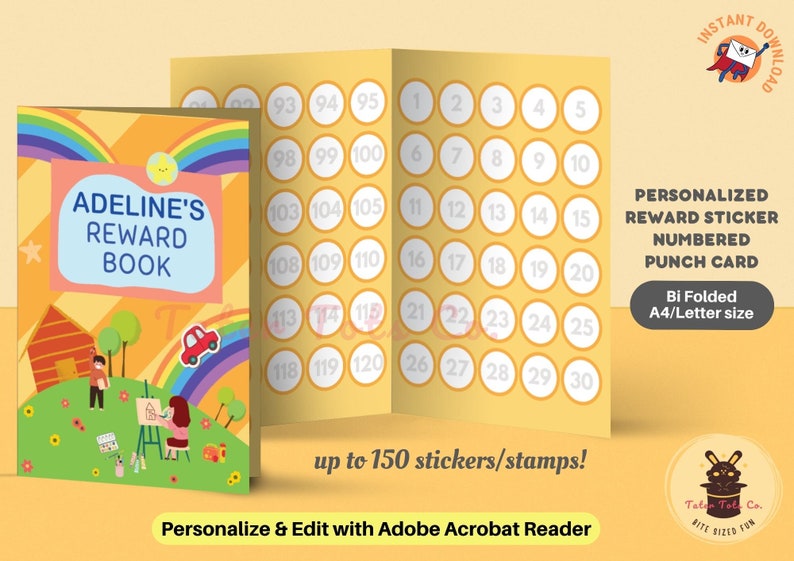
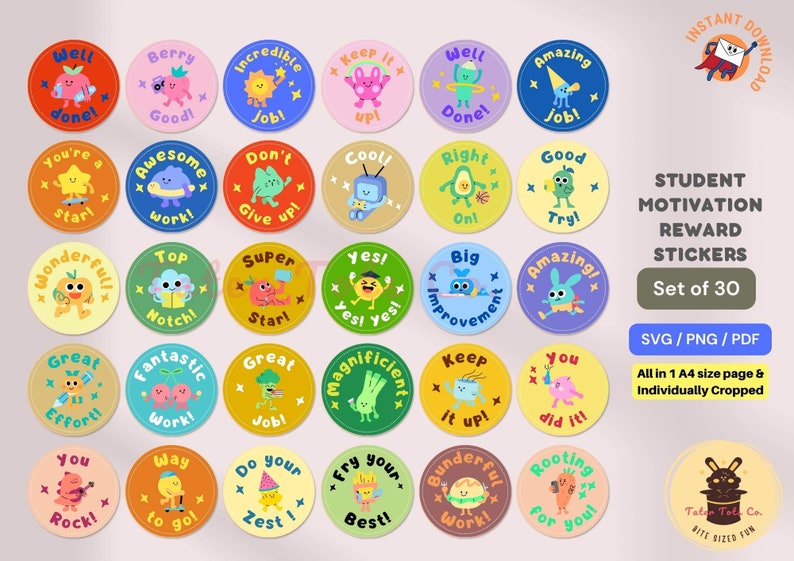
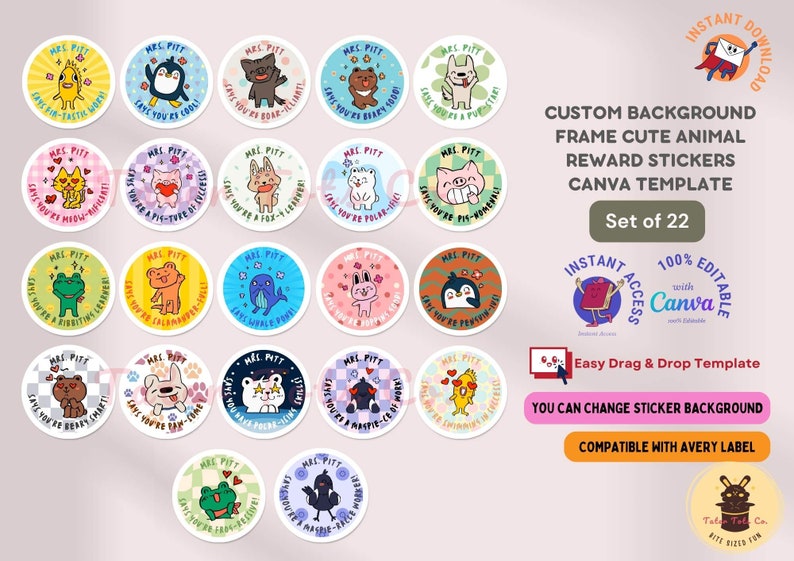

Follow us on Facebook/Pinterest for the latest blog updates, freebies, and Ukulele printables.
[menu_in_post_menu menu=96 style=”list”]
Warmest Regards,